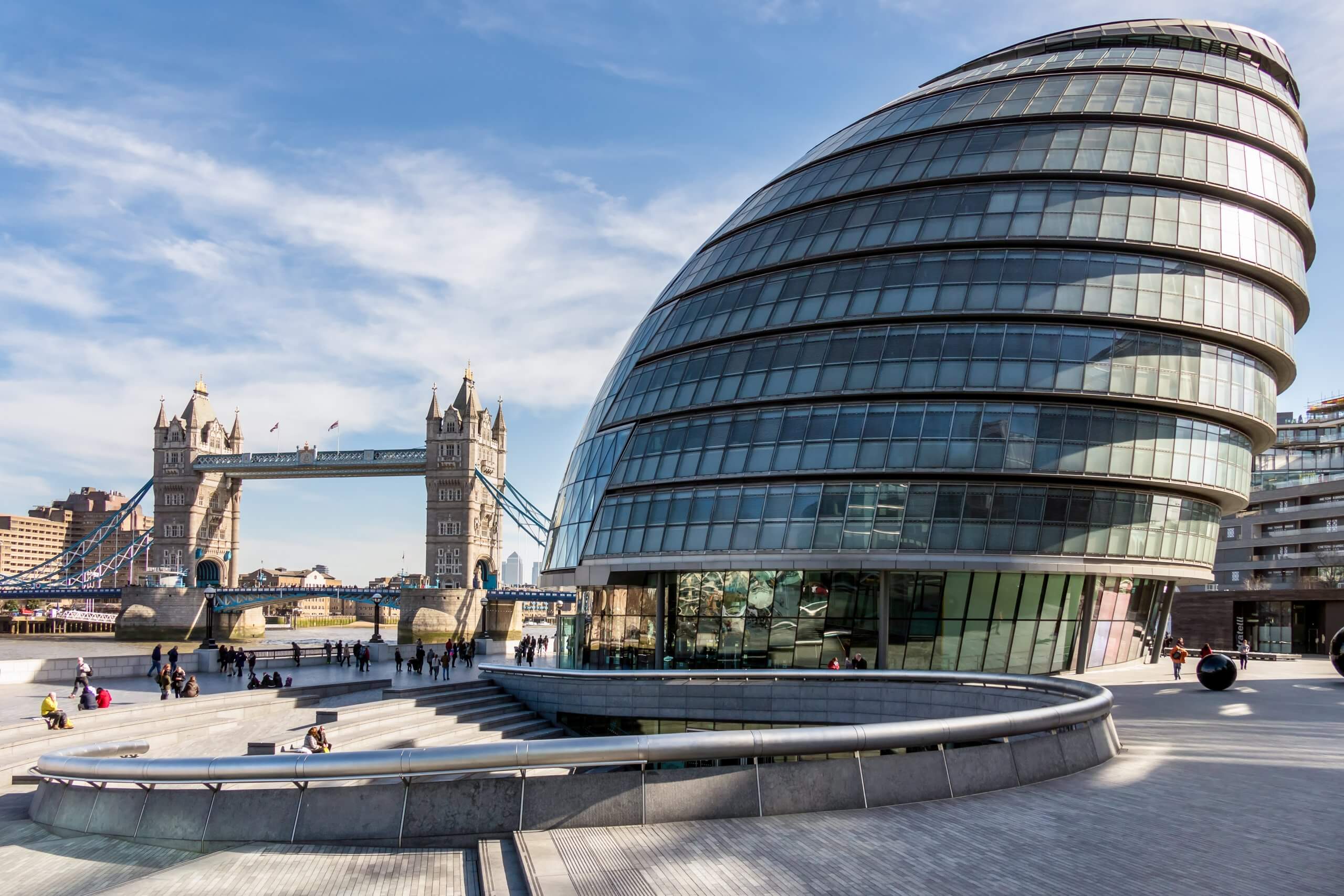The action and its aims
The Greater London Authority (GLA) pays staff in all its offices and services (including City Hall, Transport for London, London Fire Service) the London Living Wage or higher. In 2019 the London Living Wage, based on evidence on living standards and the cost of a basket of goods, is GBP10.55 per hour. The same minimum wage is required for all personnel working for GLA contractors, such as cleaners and caterers, and 16 of the 33 London boroughs have also adopted the policy (as of 2018). The aim is to serve as an example to employers throughout the capital to pay even low-grade staff enough to ensure they can meet living expenses and put food on the table.
When it was introduced
The GLA began adhering to the London Living Wage in 2006.
Why it was needed
The policy was needed because the minimum wage set by the UK government was inadequate to ensure the working poor can meet everyday expenses, putting them at risk of food insecurity. In 2016 the UK government re-branded the national minimum wage as the ‘UK living wage’. As of 2019 it stands at GBP8.25 per hour for the whole country and must be paid to all employees over the age of 25.
Who initiated it, who is involved
The policy was introduced by then-Mayor of London Ken Livingstone. His successor, Boris Johnson, pledged to make the London Living Wage the norm for employees in London by 2020. NGO Sustain has lobbied London boroughs to adopt the policy, using the London Living Wage as one of several metrics for scoring boroughs’ performance in the annual report ‘Good Food for London’. Until 2016 the GLA calculated the London Living Wage. For the last three years the Resolution Foundation has calculated it, overseen by the Living Wage Commission.
Impacts to date
The GLA’s policy mobilised private sector employers to follow suit. As of 2015, there were 700 accredited London Living Wage employers in the capital (compared to 429 the previous year), plus others who prefer to be unaccredited. Altogether, over 30,000 people work for accredited employers.






